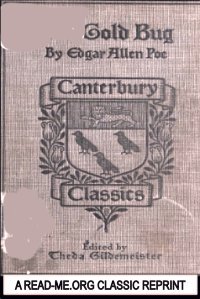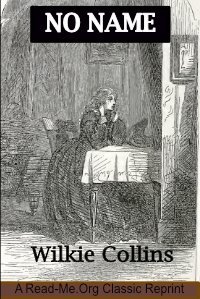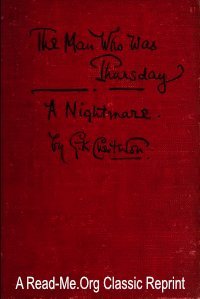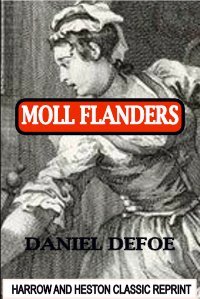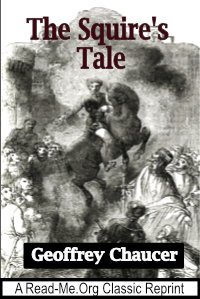By Wilkie Collins.
This book is a 19th-century novel by the master of sensation fiction, Wilkie Collins. A country gentleman is killed in an accident and his wife dies shortly after him. The blow is double for their daughters, who discover that they were born before their parents were married. Their sudden illegitimacy robs them of their inheritance and their accustomed place in society.
New York: Harper and Brothers, 1873. 622p.
By Wilkie Collins. .
A Novel . Two of the characters which appear in these pages -- "Rosamond," and "Uncle Joseph" -- had the good fortune to find friends everywhere who took a hearty liking to them. A more elaborately drawn personage in the story -- "Sarah Leeson" -- was, I think, less generally understood. The idea of tracing, in this character, the influence of a heavy responsibility on a naturally timid woman, whose mind was neither strong enough to bear it, nor bold enough to drop it altogether, was a favorite idea with me, at the time, and is so much a favorite still, that I privately give "Sarah Leeson" the place of honor in the little portrait-gallery which my story contains.
London: Bradbury and Evans, 1857. 322p.
By G.K. Chesterton.
It is very difficult to classify The Man Who Was Thursday. It is possible to say that it is a gripping adventure story of murderous criminals and brilliant policemen; but it was to be expected that the author of the Father Brown stories should tell a detective story like no-one else. On this level, therefore, The Man Who Was Thursday succeeds superbly; if nothing else, it is a magnificent tour-de-force of suspense-writing. However, the reader will soon discover that it is much more than that. Carried along on the boisterous rush of the narrative by Chesterton’s wonderful high-spirited style, he will soon see that he is being carried into much deeper waters than he had planned on; and the totally unforeseeable denouement will prove for the modern reader, as it has for thousands of others since 1908 when the book was first published, an inevitable and moving experience, as the investigators finally discover who Sunday is.
Bristol: J.W. Arrowsmith, 1908. 329p.
By Daniel Defoe.
Moll Flanders follows the life of its eponymous heroine through its many vicissitudes, which include her early seduction, careers in crime and prostitution, conviction for theft and transportation to the plantations of Virginia, and her ultimate redemption and prosperity in the new World. “When a woman debauched from her youth, nay, even being the offspring of debauchery and vice, comes to give an account of all her vicious practices, and even to descend to the particular occasions and circumstances by which she ran through in threescore years, an author must be hard put to it wrap it up so clean as not to give room, especially for vicious readers, to turn it to his disadvantage.”
NY. Harrow and Heston Classic Reprint. (1772) 502 pages.
By Gaston Leroux.
Excerpt: “Excerpt: "The Nut lay on the scorching beach facing the terrible sea in which the hungry sharks, the warders of his prison, were disporting. The convict was like a weary animal at rest. In truth, he had availed himself of the "relaxation" at ten o'clock to seek out a little fresh air and seclusion between two precipitous crags which cut him off from the rest of the convict settlement. If only he could live alone! No longer to hear anything. No longer to see anything! No longer to think of anything. But how could he help thinking of what he had seen, of what he had been compelled to see, that morning?"
NY. Harrow and Heston Classic Reprint. (1924) 191 pages.
By Gaston Leroux..
The Phantom of the Opera is the most famous novel by Gaston Leroux. It is believed to be based in George du Maurier's Trilby. The novel is partly inspired by historical events at the Paris Opera during the nineteenth century and an apocryphal tale concerning the use of a former ballet pupil's skeleton in Carl Maria von Weber's 1841 production of Der Freischütz. It has been successfully adapted into various stage and film adaptations, most notable of which are the 1925 film depiction featuring Lon Chaney, and Andrew Lloyd Webber's 1986 musical — Wikipedia.
NY. Harrow and Heston Classic Reprint. (1911) 270 pages.
By Charles Dickens..
This is a rare detective story of Charles Dickens. The main character is a smart and attentive man named Sampson. One day he sees a strange Mr. Julius Silton in his office acting strangely as though he is hiding something. Sampson suspects that a crime is occurring and and from this point he becomes a real hunter of criminals. The story's antagonist is probably based on the real life of poisoner Thomas Wainewright.
NY. Harrow and Heston Classic Reprint. (1859) 39 pages.
By Charles Dickens.
This is Dickens’ tenth novel, published without illustrations, in Household Word, his weekly journal. Dickens continues to fly the banner of social reform, touching on themes of industrialization, education, and utilitarianism in the sweeping Industrial Revolution of the 1850's.
NY. Harrow and Heston Classic Reprint. (1854) 302 pages.
By Geoffrey Chaucer.
Edited with an introduction by A. W. Pollard. This story from Chaucer’s Canterbury Tales was the first serious attempt to tell the story of the great Genghis Khan, leader of the Moguls, who conquered peoples and lands of Asia and South East Asia, Russia and the fringes of Europe, and by his hand spread and distributed wealth, commerce and technology throughout the peoples and lands he conquered. All of this much to the benefit of the peoples of Europe that he did not conquer, but who nevertheless absorbed the amazing commercial production and distribution of goods and the important elements of nascent science encouraged and exported by the Great Khan. None of these achievements were acknowledged by the West, instead calling the Moguls barbarians and savages.
London: Macmillan (1899) 76p.


